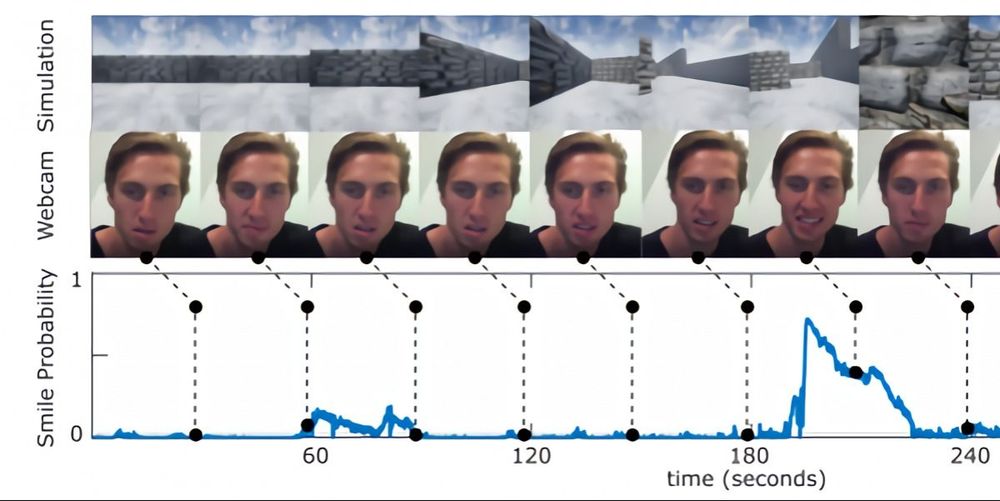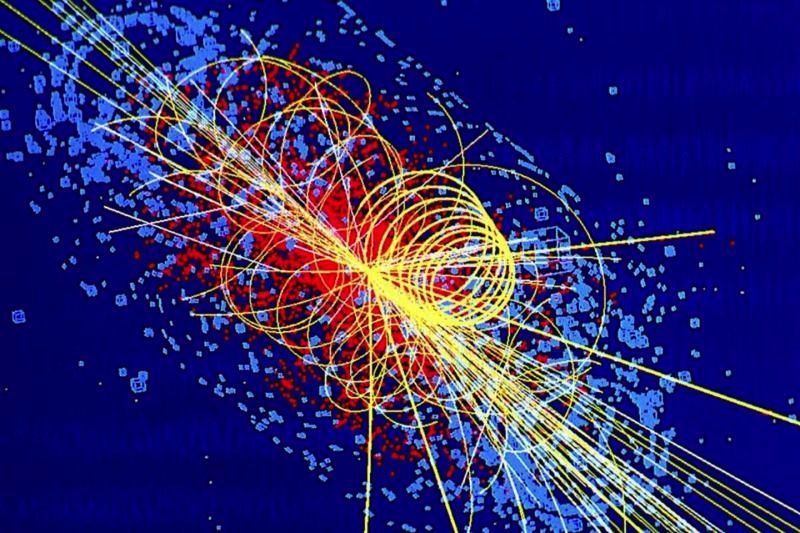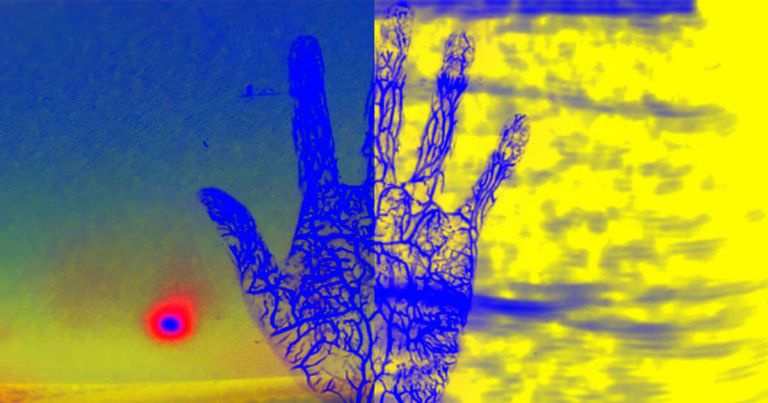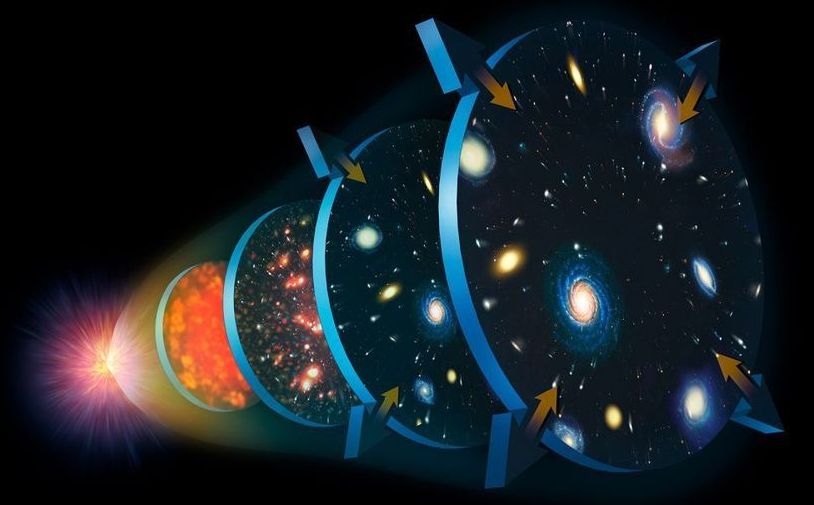Microsoft researchers propose an approach to training AI that uses smiles as a reward signal. They say it achieves superior efficiency.







Scientists have developed a system of lasers that can probe inside the human body, much like an ultrasound, but from a distance.
The system can accurately image what’s going on inside a person’s body up to a depth of about six centimeters, according to an MIT press release. While that may not seem like much, it’s still an important first step in removing physical contact from ultrasound scans, as that can sometimes introduce variability in a doctor’s readings.
The system, described in research published in the journal Light: Science & Applications on Friday, uses two lasers: one to generate sound waves that bounce around inside the patient’s body, and the second to detect them as they reflect back.


The device has allowed Chou’s team to investigate how microgravity affects different diseases. The scientists report it has been tremendously effective so far in eliminating cancer cells.
“When placed in a microgravity environment, 80 to 90 per cent of the cells in the four different cancer types we tested – ovarian, breast, nose and lung – were disabled,” said Chou.
Normally, these are the hardest cancers to fight. Chou’s experiments, without using any drugs, managed to either kill such cells or make them “float off because they can no longer hold on.”
Freeze it, boil it, or expose it to radiation. The water bear shrugs it off. Now we know why.